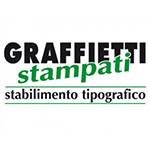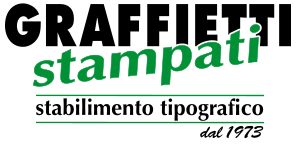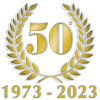THE FORMAT

THE FORMAT
The format, intended as the size of the product once finished, printed and packaged, is the most undefined of all the technical characteristics. In addition to a series of basic principles, his choice also includes a series of variables such as practicality, aesthetics. Convenience, use, destination, recipient, cost, and so on. Consider, just to make some simple examples, a volume of mere consultation designed to remain closed in the office of a professional or in the hall of a civic library, or to a book of leisure or reading which, instead, accompanies its owner in the most disparate conditions: from the armchair at home to a compartment in the train, from the room of a hotel to a deckchair on a sunny beach or even to a detailed study text. The format, in short, is the encumbrance of the editorial object, and is the first problem to be faced in setting up a graphic project. In fact, many variables depend on it, including the shape of the printout, the operational design area, the set-up model, the type of paper, the measurements of the printing sheet and the printing costs. Precisely in reference to this last point, a good designer, starting from the sketch, should be able to go back to the least expensive format for the realization of his product. The ability lies precisely in being able to optimize and calculate how many times the finished format of the editorial product being worked on, considering waste and trimmings, falls into a raw format. And those in the trade know that changing (even if only a few millimeters) the format of their sketch can mean better exploitation of the press sheet and an economic advantage for the client. This is why before setting the graphic layout and defining the format of a new editorial work (and also any other type of printout) it is advisable to always consult with the typography.
[NOTE: This is an automatic translation]

